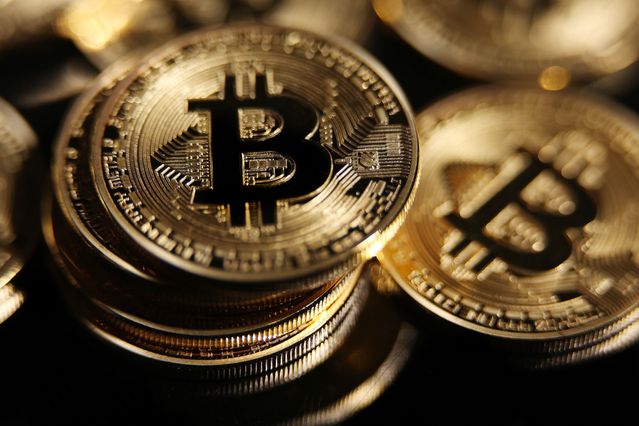
Bitcoin (BTC) moved past $30,000 for the first time since June 10, 2022, as March’s banking turbulence faded into the distance and investors grew more optimistic about U.S. central bank monetary policy.
The largest cryptocurrency by market capitalization was recently trading at $30,237, up 6.75% over the last 24 hours.
“It’s clear that the market is pricing a slowdown in growth, and in turn a loosening of monetary policy by the Federal Reserve over the course of 2023,” said Richard Mico, the U.S. CEO and chief legal officer of Banxa, a payment-and-compliance infrastructure provider for crypto. “For evidence of this, just look at the bond market.”
A check of the bond market shows the U.S. two-year Treasury note having fallen to below 4% from a peak above 5% in early March as traders rapidly reversed their expectations of future Federal Reserve interest rate hikes.
“There will likely still be a lot of liquidity injected into the market as a result,” added Mico. “Already, bitcoin has been the best-performing asset of 2023, and it usually is the asset that responds most quickly and violently to these kinds of monetary shifts.”
Bitcoin last topped $30,000 on June 10 as it was on its way down to below $20,000, where it spent large parts of late 2022 and into the first weeks of 2023. It has been hovering around $28,000 for the past three weeks as wary investors gauged the impact of a near banking meltdown, continued inflationary pressures and other macroeconomic uncertainties. Bitcoin is up about 80% year to date after starting the year at about $16,600.
The crypto surged in January on signs that inflation was waning. Bitcoin stalled in February but then regained momentum in late March following the failure of Silicon Valley and Signature banks when some investors questioned the stability of the current monetary system and regained their appetite for assets that hold their value. Gold also recently spiked, topping $2,000 for the first time since 2020.
Mico noted that there is certainly a narrative shift happening because of the banking crisis feeding into bitcoin’s momentum. Increasingly, “BTC is also being seen as a reliable store of value that lacks the issues that come with storing your money by way of a third-party intermediary, or a bank,” he added. “BTC is now properly starting to be perceived as a risk-off asset.”
“De-dollarization is also increasingly becoming part of the narrative, which is further accelerating BTC adoption,” Mico concluded. “With BTC, in short, you are your own bank. It’s difficult to make predictions given the volatility of late, but I wouldn’t be surprised if this momentum regarding BTC continues.”
In an email to CoinDesk, Bob Ras, co-founder of Sologenic, a blockchain-powered network for tokenizing securities, noted that bitcoin had decoupled from stocks and shown “its increasing appeal as a safe haven for investors.”
“While the 2020-2021 period was perceived as Bitcoin’s breakthrough moment, the present time truly marks its ascendance onto the global stage as a formidable asset,” Ras wrote. “Amidst heightened geopolitical instability, faltering banking systems and mounting concerns surrounding reserve currencies, bitcoin has emerged as the reliable refuge that many had anticipated. This crucial juncture signifies a pivotal advancement for the digital asset sector.”























